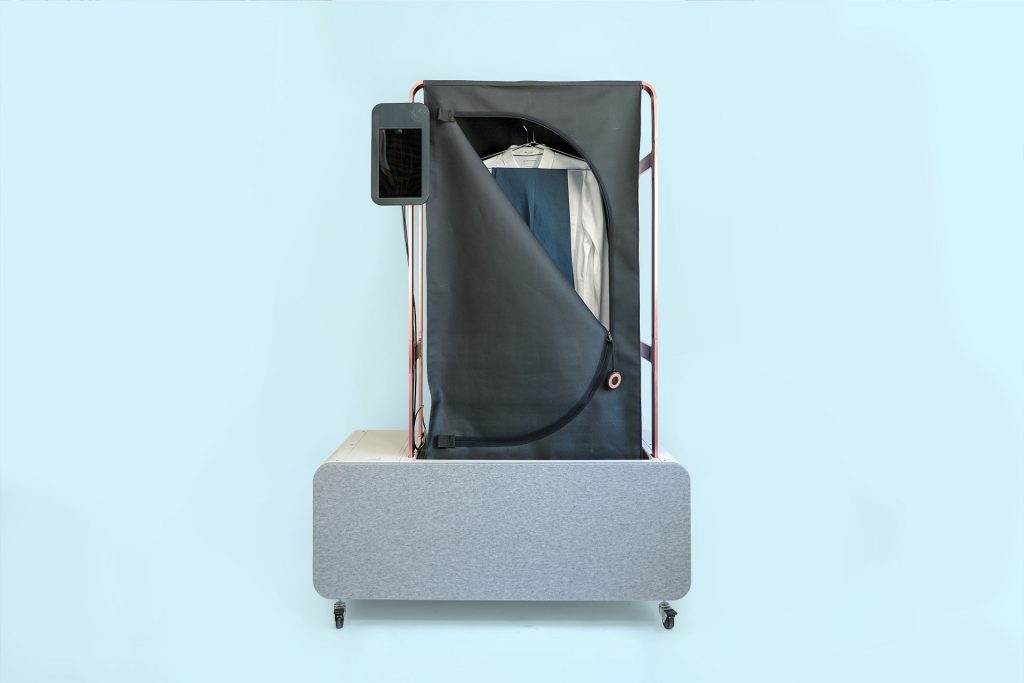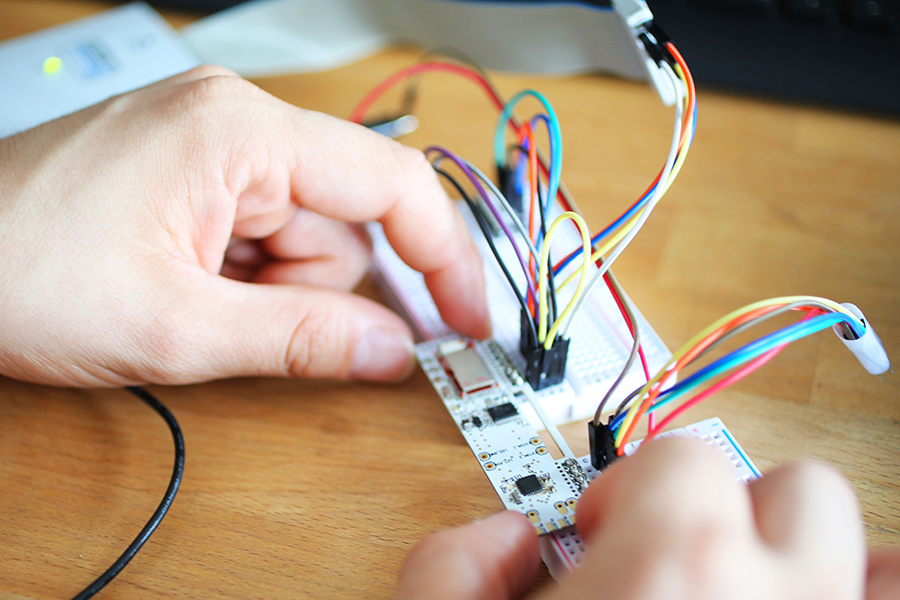What is Hardtech?
Simply put, “hardtech” or “hard tech” is the combination of the words hardware and technology.
M-Hub in Chicago defines hard tech as the application of engineering and science involving the combination of hardware and software to solve a problem for a particular industry. At Tomorrow Lab, we understand “hard tech” to refer to technologies that involve physical hardware or complex engineering components, often requiring significant research, development, and manufacturing processes. These technologies typically have a tangible presence in the physical world, like mobility, biotechnology, and advanced materials. Tomorrow Lab projects like Teralytic, Pristeem, and Dadi are great examples of hard tech product development.



How does hard tech compare to soft tech?
The term ‘hard tech’ draws a natural comparison between soft tech, or software. We think this topic is especially relevant for technology entrepreneurs who are considering developing a new product for their business venture.
In contrast to software or soft tech, where it is possible to launch with a basic version of a product and gradually add features until it meets market demands, hard tech ventures face a different challenge. In hard tech, the development and refinement of features and solutions must be completed prior to the product launch. This is because many hard tech innovations involve physical components that need to be manufactured. Unlike software-based technologies, hard tech often requires a fully functioning and well-designed product from the outset, as it may be difficult or impractical to make significant changes or additions after production.
In hard tech, the emphasis is on ensuring that the product is thoroughly developed and optimized before it is introduced to the market. As opposed to soft tech, hard tech product development is a necessary investment of capital aimed at ensuring that the technology features provided effectively solve customer problems and deliver benefits that drive customers to pay for the product.
Hard tech ventures require capital investment, longer development cycles, higher technical risks, regulatory hurdles, and the requirement for specialized expertise and infrastructure. Developing hard tech products necessitates the collaboration of diverse teams with extensive knowledge in various scientific and engineering disciplines. This is where Tomorrow Lab comes in: we involve individuals with expertise in electrical engineering, embedded systems development, mechanical engineering, industrial design, materials science, UI/UX design, manufacturing operations. The Tomorrow Lab partners oversee the multidisciplinary team and define a successful strategy, having with them a broad knowledge base spanning across these subject matters and project experience. See more about Tomorrow Lab’s service offerings here. Checkout some of the work we’ve done and drop us a line if you’re interested.
Advantages of Hardtech for Entrepreneurs
Despite the challenges with hard tech, there are several advantages to hard tech over soft tech for entrepreneurs:
- The barriers for you are also barriers for others. Therefore, an investment in building a hard tech product can often be more protectable and have fewer competitors than with soft tech.
- Your product is protectable and enforceable with design and/or utility patents. The same is not true with soft tech, as most software falls under US copyright law instead of patent law.
- The business model has less guesswork: You make product inventory then you sell it! This ‘old fashioned’ approach to product sales stands in stark contrast to soft tech which often relies on third party revenue sources from advertising companies or dubious subscription models with high attrition rates.
- Lastly, there’s nothing quite like holding a physical product that you dreamed of and turned into reality. And since we all live on planet earth as physical beings, there are countless challenges that cannot be solved with soft tech alone: from healthcare to mobility to food and beyond.
Connecting hardtech
One component of Hardtech is its connection to software. Connectivity requires understanding of topics such as hardware, smart objects, Internet of things (IoT), ubiquitous computing, and machine-to-machine (M2M) communication. Let’s breakdown the related ideas:
Hardware refers to the physical components and devices used in technology, including sensors, circuits, and product enclosures built around them. In the context of hardtech, hardware plays a crucial role as it often involves the development and integration of complex physical components into innovative technology products.
Smart objects, on the other hand, is the notion of physical objects with embedded sensors, connectivity, and computational capabilities, enabling them to collect and exchange data with other devices or systems. Smart objects is also a set of guiding principles for product designers to think about the ‘social life’ of objects in our environment.
Internet of things, or IoT, refers to a network of interconnected devices, sensors, and systems that communicate and exchange data over the internet. The IoT is a key aspect of connecting hardtech, as it involves the integration of physical objects with digital connectivity and intelligence, allowing for advanced automation, data analytics, and control in various domains.
Machine-to-machine (M2M) communication specifically focuses on the direct communication and interaction between machines or devices without human intervention. M2M communication is a fundamental aspect of hardtech as it enables devices to collaborate, share data, and make decisions autonomously, leading to increased efficiency and automation in various industries.
Looking back 35 years, ‘Ubiquitous Computing’ was coined by PARC Researcher Mark Weiser in 1988 to describe a future in which PCs would be replaced with invisible computers embedded in everyday objects. This concept aligns closely with hardtech as it emphasizes the integration of physical and digital elements to create intelligent and interconnected systems.
Overall, while hardware, smart objects, IoT, ubiquitous computing, and M2M communication are distinct concepts, they are interconnected and integral parts of the broader hardtech connectivity landscape, which involves the development and integration of physical components, advanced connectivity, and intelligent systems to drive technological innovation.

